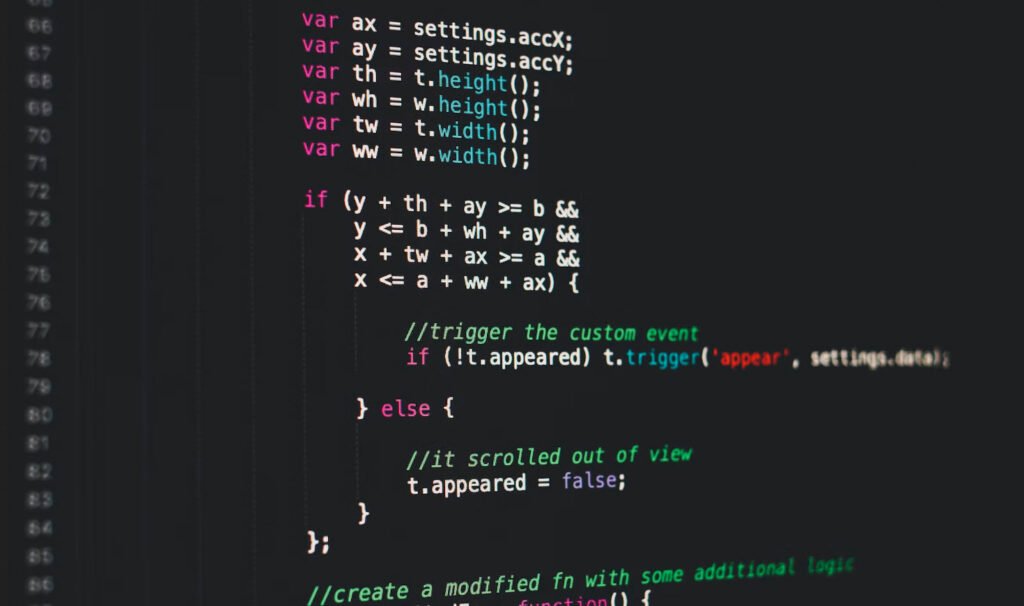
In PHP, combined assignment operators provide a concise and efficient way to modify variables by performing an operation and assigning the result to the same variable. These operators combine arithmetic operations with the assignment operator, allowing developers to streamline their code and improve readability.
Let’s dive into PHP’s combined assignment operators and understand how they work.
+= (Addition Assignment)
The addition assignment operator, represented by ‘+=’, adds the value on the right-hand side to the value on the left-hand side and assigns the result to the left-hand side variable. For example, $a += $b is equivalent to $a = $a + $b. This operator is commonly used to increment a variable by a specific value.
-= (Subtraction Assignment)
The subtraction assignment operator, denoted by ‘-=’, subtracts the value on the right-hand side from the value on the left-hand side and assigns the result to the left-hand side variable. For instance, $a -= $b is equivalent to $a = $a – $b. This operator is often used to decrement a variable by a certain value.
*= (Multiplication Assignment)
The multiplication assignment operator, represented by ‘*=’, multiplies the value on the right-hand side with the value on the left-hand side and assigns the result to the left-hand side variable. For example, $a *= $b is equivalent to $a = $a * $b. This operator is useful for multiplying a variable by a specific factor.
/= (Division Assignment)
The division assignment operator, denoted by ‘/=’, divides the value on the left-hand side by the value on the right-hand side and assigns the result to the left-hand side variable. For instance, $a /= $b is equivalent to $a = $a / $b. This operator is commonly used to divide a variable by a specific divisor.
%= (Modulus Assignment)
The modulus assignment operator, represented by ‘%=’, performs a modulus operation on the left-hand side variable with the right-hand side value and assigns the remainder to the left-hand side variable. For example, $a %= $b is equivalent to $a = $a % $b. This operator is useful for calculating the modulus of a variable with a specific divisor.
.= (Concatenation Assignment)
The concatenation assignment operator, denoted by ‘.=’, concatenates the string value on the right-hand side with the string value on the left-hand side and assigns the concatenated string to the left-hand side variable. For instance, $a .= $b is equivalent to $a = $a . $b. This operator is commonly used to append strings together.
By using combined assignment operators, developers can perform arithmetic operations and assign the result to a variable in a concise and readable manner. These operators help streamline code, reduce redundancy, and improve efficiency.
It’s important to note that combined assignment operators work with different data types, including integers, floats, and strings. They offer a convenient way to update variables without explicitly reassigning them.
In conclusion, PHP’s combined assignment operators (+=, -=, *=, /=, %=, .=) provide a concise and efficient way to manipulate variables by performing arithmetic operations and assigning the results to the same variables. By leveraging these operators, developers can write cleaner and more efficient code, reducing redundancy and improving readability. Whether it’s incrementing values, concatenating strings, or performing other variable modifications, combined assignment operators offer a convenient solution within PHP scripts.
You may also like:- 22 Useful JavaScript Functions You Need To Know
- CSS3 nth-child Selector – A Comprehensive Guide
- PHP Loops – A Comprehensive Guide
- Different Types of Functions in PHP
- Various String Types in PHP – Utilizing ctype Functions
- Understanding Conditional Statements in PHP
- Mastering PHP Arrays – A Comprehensive Guide
- Exploring Strings in PHP – A Comprehensive Guide
- Performing CRUD Operations with PHP and MySQL
- A Guide to PHP File Operations – Opening, Reading, Creating, Writing, and Closing Files








